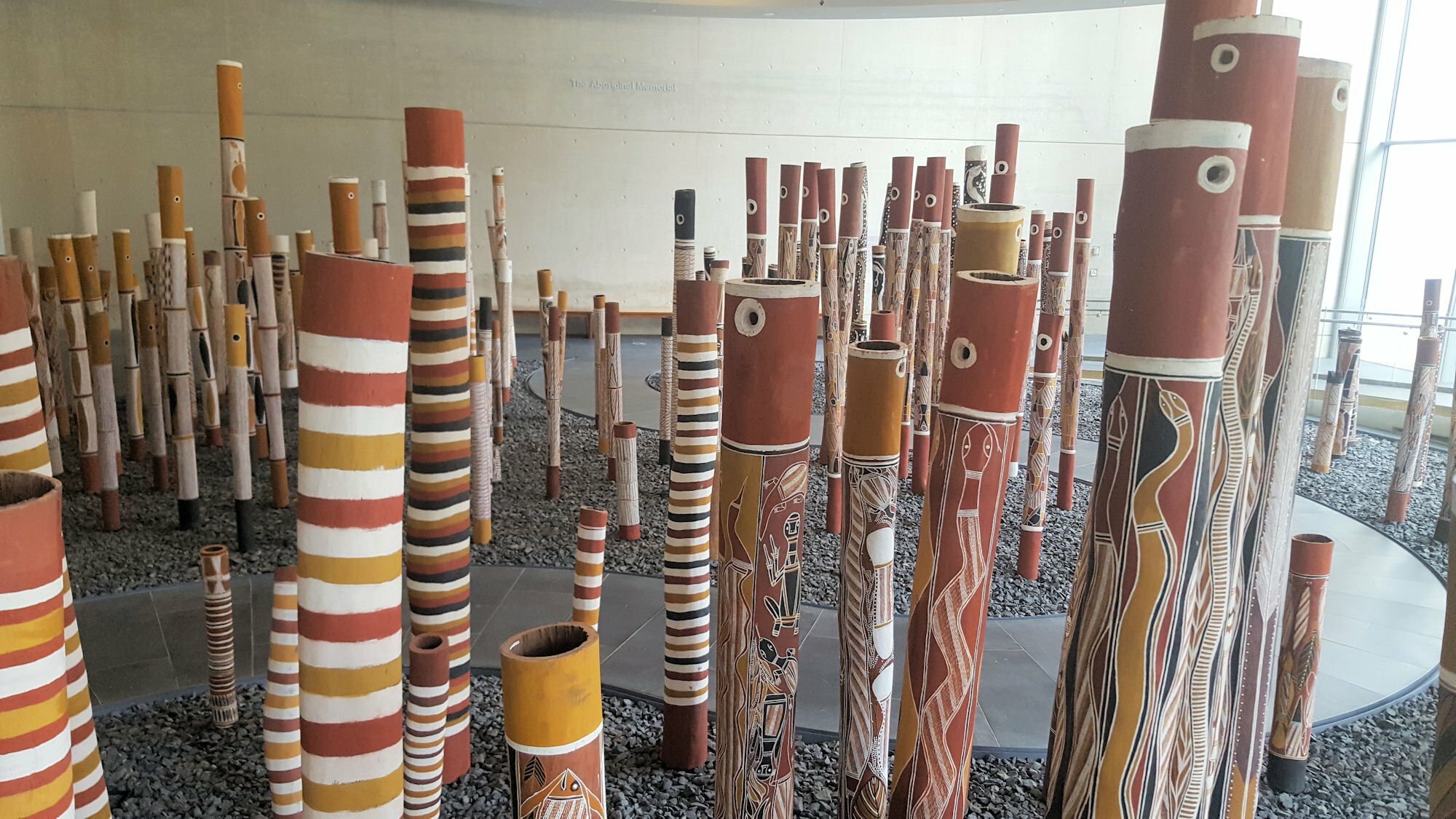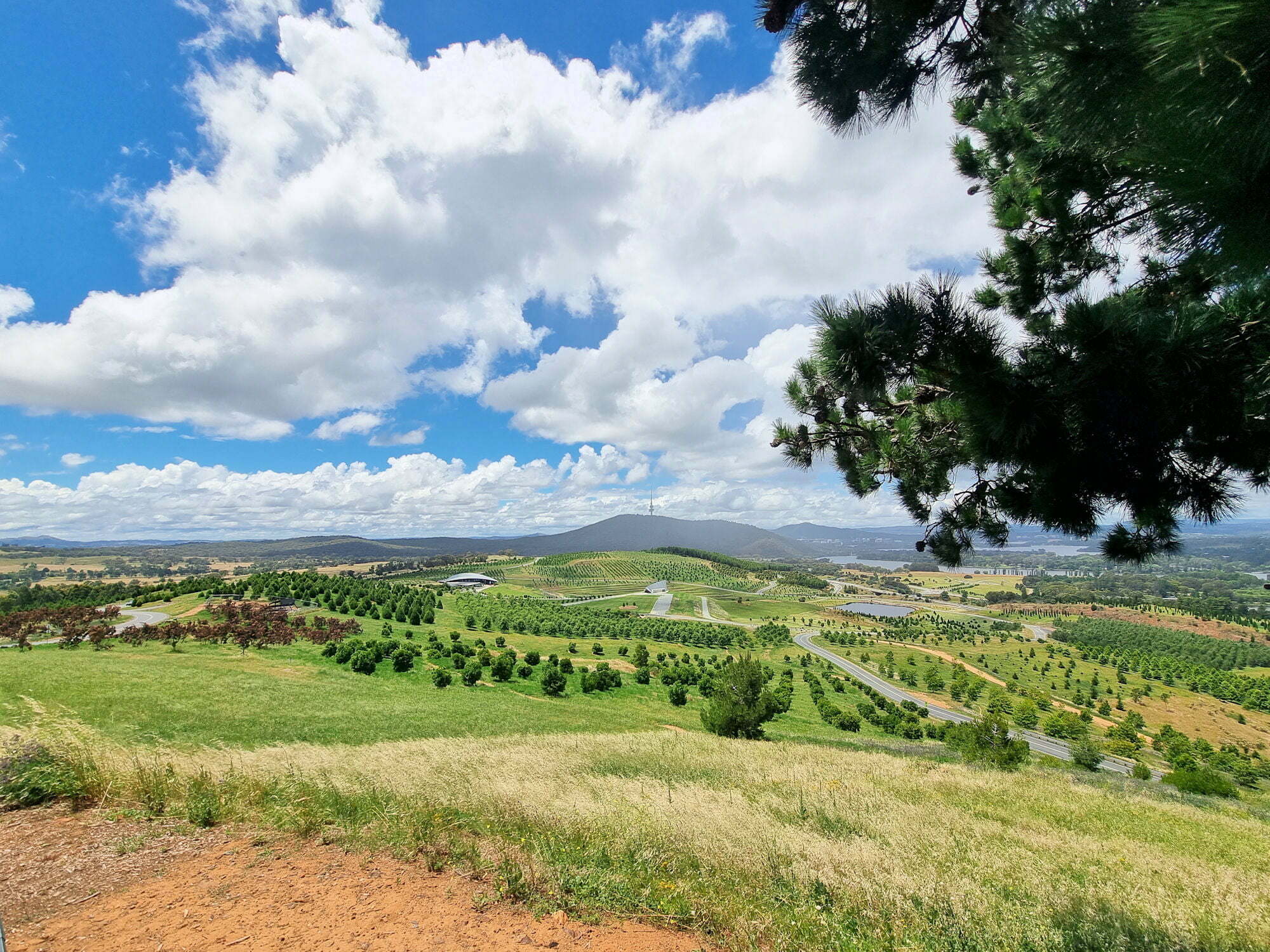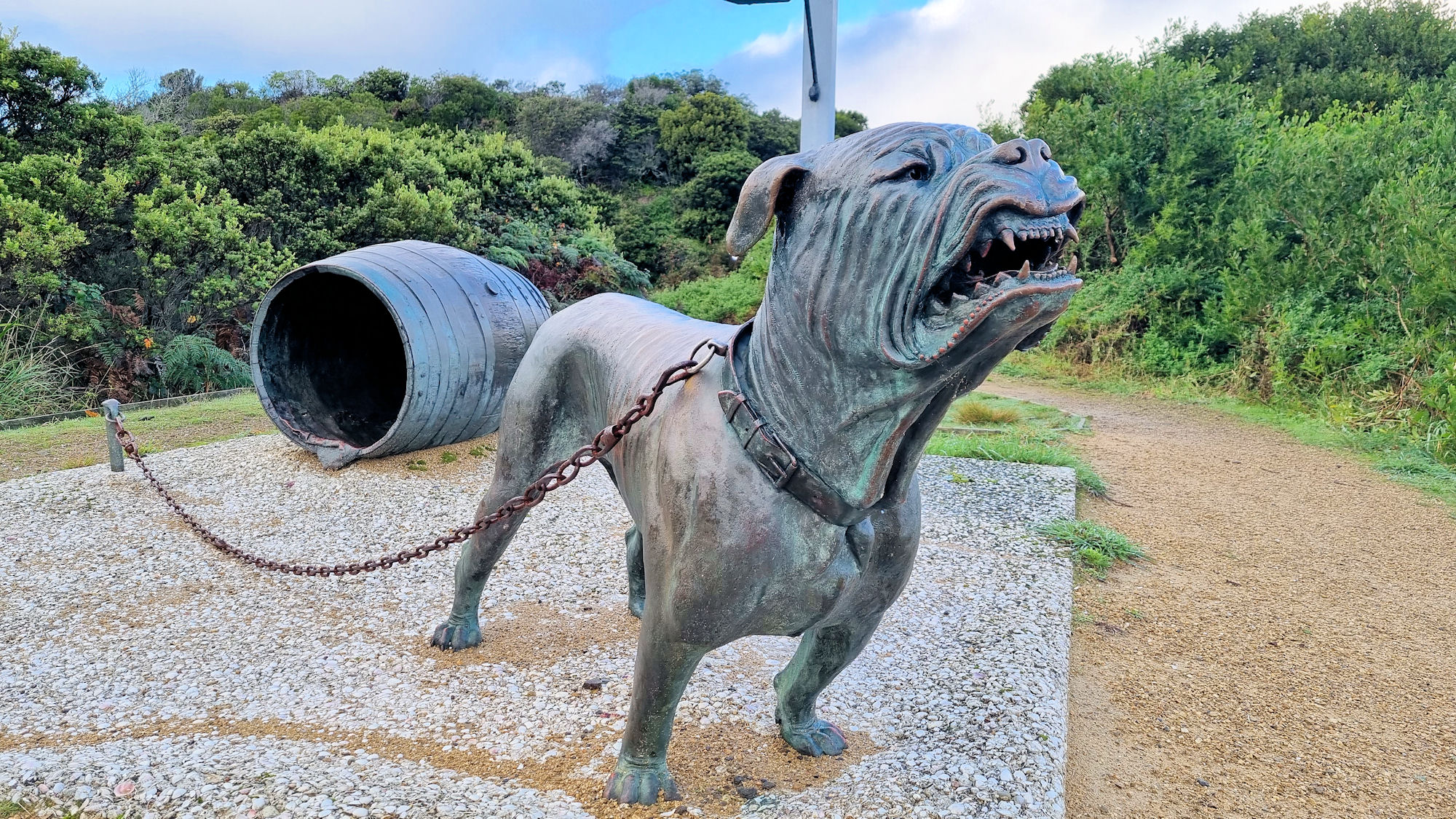Tag: Sculpture
-
National Gallery of Australia

National Gallery of Australia Located on the south side of Lake Burley Griffin in Canberra, the National Gallery of Australia houses the most valuable art collection in the country. Limited parking is available onsite, but we chose to park at Questacon, where a large carpark is available. This also means that you are close to… Read more
-
National Arboretum Canberra Australia

National Arboretum Canberra Devastating bushfires in 2001 and 2003, burnt huge areas around Canberra. A recovery project to heal some of the damage included The National Arboretum, which now covers 250 hectares(618 acres in the old measurement). Although very much in its infancy, with plantings still taking pace, it’s a great place to visit. The… Read more
-
The Dog Line Eaglehawk Neck Tasmania

The dog line was established to prevent prisoners escaping the Port Arthur penal site. The narrowest point on Eaglehawk Neck was chosen and dogs were spaced here held in place by chains. The only indication that the dogs were here is a life sizes bronze sculpture. The dog certainly looks vicious, baring its teeth while… Read more